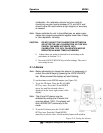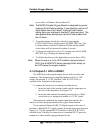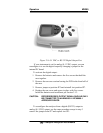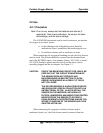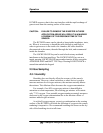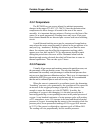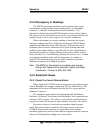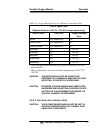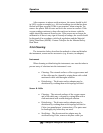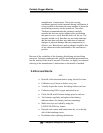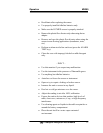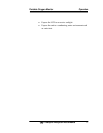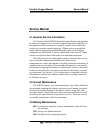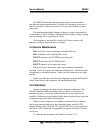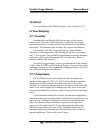
Operation MX300
Teledyne Analytical Instruments 30
After exposure to nitrous oxide mixtures, the sensor should be left
in 100% oxygen overnight (e.g., left in a breathing circuit that has been
flushed with pure oxygen). If this is not practical, when using the Tee,
remove the plastic flow diverter and leave the sensor in room air. If the
oxygen reading continues to drop after each use in nitrous oxide the
sensor should be removed from service. If the sensor can no longer be
calibrated or if there is any sign of electrolyte leakage, the sensor should
be disposed of in accordance with local regulations and the Material
Safety Data Sheet (MSDS). Contact Teledyne for the Material Safety
Data Sheet.
2.3.6 Cleaning
The instruction below describes the methods to clean and disinfect
the instrument, sensor and its accessories (e.g. diverter, tee adapter).
Instrument
When cleaning or disinfecting the instrument, care must be taken to
prevent entry of solutions into the instrument’s case.
• Cleaning- The external surfaces of the oxygen sensor and
of the cable may be cleaned by wiping them with a cloth
moistened with a mild detergent solution.
• Disinfecting – The diverter and tee adapter may be
disinfected by washing them with isopropyl alcohol.
Sensor & Cable
• Cleaning – The external surfaces of the oxygen sensor
and of the cable may e cleaned by wiping them with a
cloth moistened with a mild detergent solution.
• Disinfecting – The diverter and tee adapter may be
disinfected by washing them with isopropyl alcohol or
Cidex (per manufacturer’s instructions). The parts must
be thoroughly dry before they are used.
• Sterilizing – The diverter and tee adapter may be
sterilized using Cidex, steam or ethylene oxide (per



